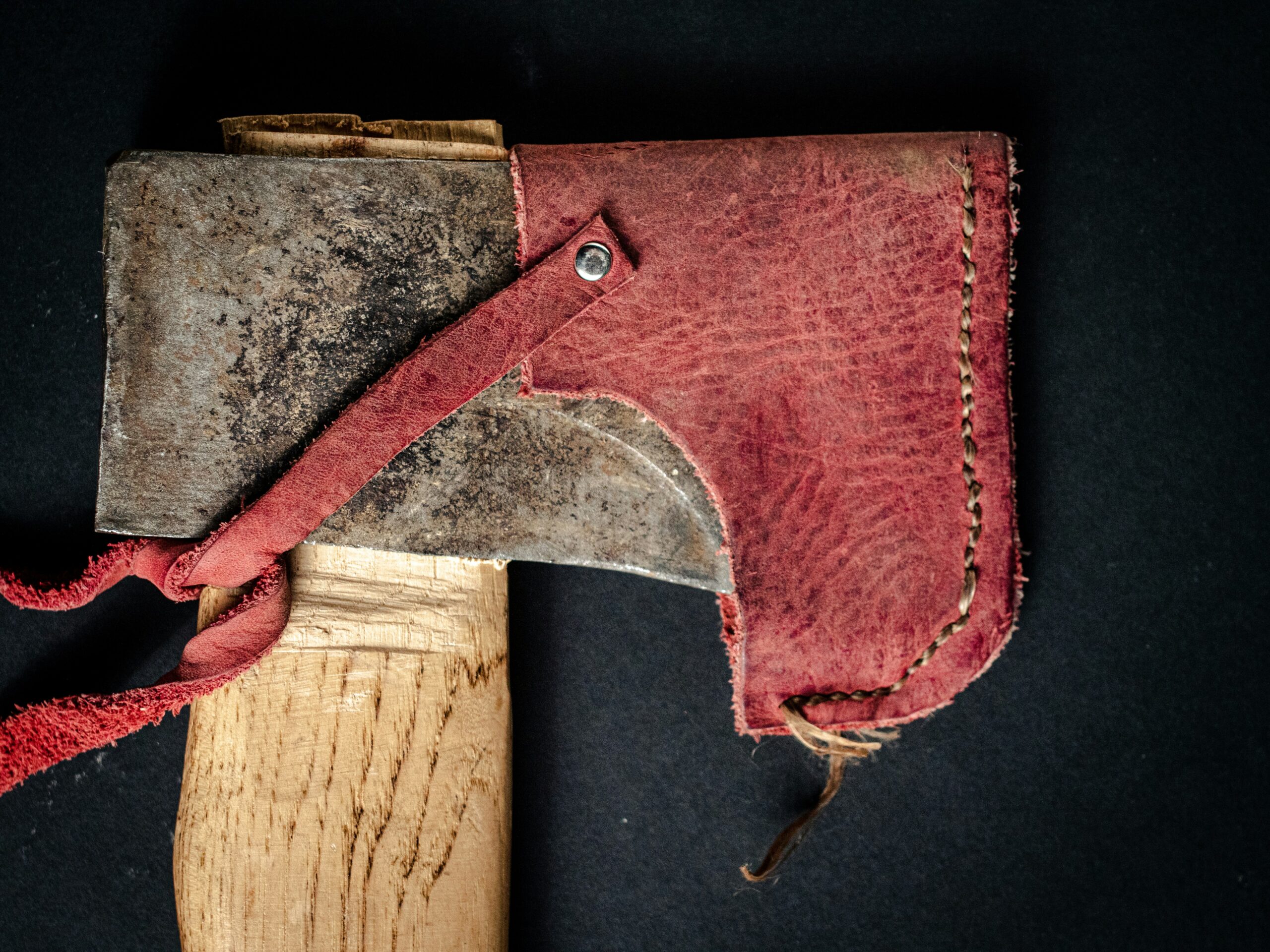Axe throwing is thrilling, but safety gear is essential for beginners. Many new throwers underestimate the importance of proper gear, thinking they can just pick up a throwing axe and start hitting the bullseye. Readers will discover vital protective clothing, appropriate axes, and personal protective equipment (PPE) to enhance their safety skills in this guide. By following these tips, they can enjoy the exciting motion of axe throwing without unnecessary risk. Engaging with this content will help beginners understand how to prevent injuries and build confidence in their throwing abilities.
Key Takeaways
- proper safety gear reduces the risk of injuries in axe-throwing
- a secure grip is essential to prevent slips while throwing
- awareness of surroundings helps maintain safety during axe throwing
- regular inspection of safety gear ensures optimal protection
- beginners should choose appropriate footwear for stability and support
Why Safety Gear Matters in Axe Throwing

Identifying common risks in axe throwing is essential for beginners. Proper safety gear significantly reduces hazards and the chance of injury. With equipment designed to protect, new throwers can focus on improving their skills and enjoying the sport. This section will explore these risks, how safety gear enhances protection, and how the right equipment boosts confidence in the activity.
Identifying Common Risks for Beginners
Axe-throwing beginners face several risks that can lead to injuries. One common risk involves the range of motion when throwing the axe, which can result in accidental slips. Additionally, using wood targets means that axes can occasionally bounce back unexpectedly, creating potential hazards. Understanding these risks is vital for new throwers, especially in settings associated with organizations like the World Axe Throwing League, where safety standards are emphasized.
How Proper Gear Enhances Safety
Proper safety gear is crucial in axe throwing, as it helps protect against injuries caused by slips or accidents. Wearing personal protective equipment, such as closed-toe shoes and gloves, minimizes risks and keeps throwers safe while handling a hatchet. Additionally, having safety barriers like a fence around the throwing area can prevent axes from bouncing back into the crowd, further enhancing safety during practice or competition.
Building Confidence With the Right Equipment
Using the right safety gear in axe throwing protects against injury and builds confidence in beginners. When new throwers wear appropriate equipment like gloves and closed-toe shoes, they feel more secure in their movements. This sense of safety allows them to focus on honing their skills and enjoying the experience of throwing axes without fear:
- Proper gear reduces the fear of injury.
- Confidence enhances skill development.
- A safe environment encourages practice and improvement.
Protective Clothing You Should Wear

When preparing for axe throwing, wearing the right protective clothing is essential. The choice of footwear plays a key role in preventing slips and falls on the throwing range. Protective eyewear safeguards vision from unexpected accidents. Lastly, selecting comfortable and safe attire enhances mobility while throwing. Together, these elements create a safe and enjoyable axe-throwing experience for beginners.
Choosing the Right Footwear
Choosing the right footwear is essential for safety in axe throwing. Closed-toe shoes with good grip help prevent slips, which can lead to accidents while throwing. Beginners should opt for sturdy shoes that offer support and stability, allowing them to focus on their technique without worrying about their footing.
The Role of Protective Eyewear
Protective eyewear plays a key role in axe throwing by shielding the eyes from potential hazards. When axes are thrown, there is a chance of unexpected rebounds or wood splinters from the target. By wearing proper safety glasses, throwers can focus on their technique without worrying about flying debris, ensuring a safer and more enjoyable experience in the throwing range:
- Safety glasses protect against flying debris.
- Clear vision is maintained during throws.
- Wearing eyewear boosts confidence in beginners.
Selecting Comfortable and Safe Attire
When selecting comfortable and safe attire for axe throwing, beginners should prioritize clothing that allows for freedom of movement while providing protection. Loose clothing is not recommended, as it can get caught on equipment or interfere with the thrower’s motions. Instead, fitted shirts and durable pants made from breathable materials can keep throwers comfortable, allowing them to focus on their technique and enjoy the experience without distraction.
Selecting the Appropriate Axe for Beginners
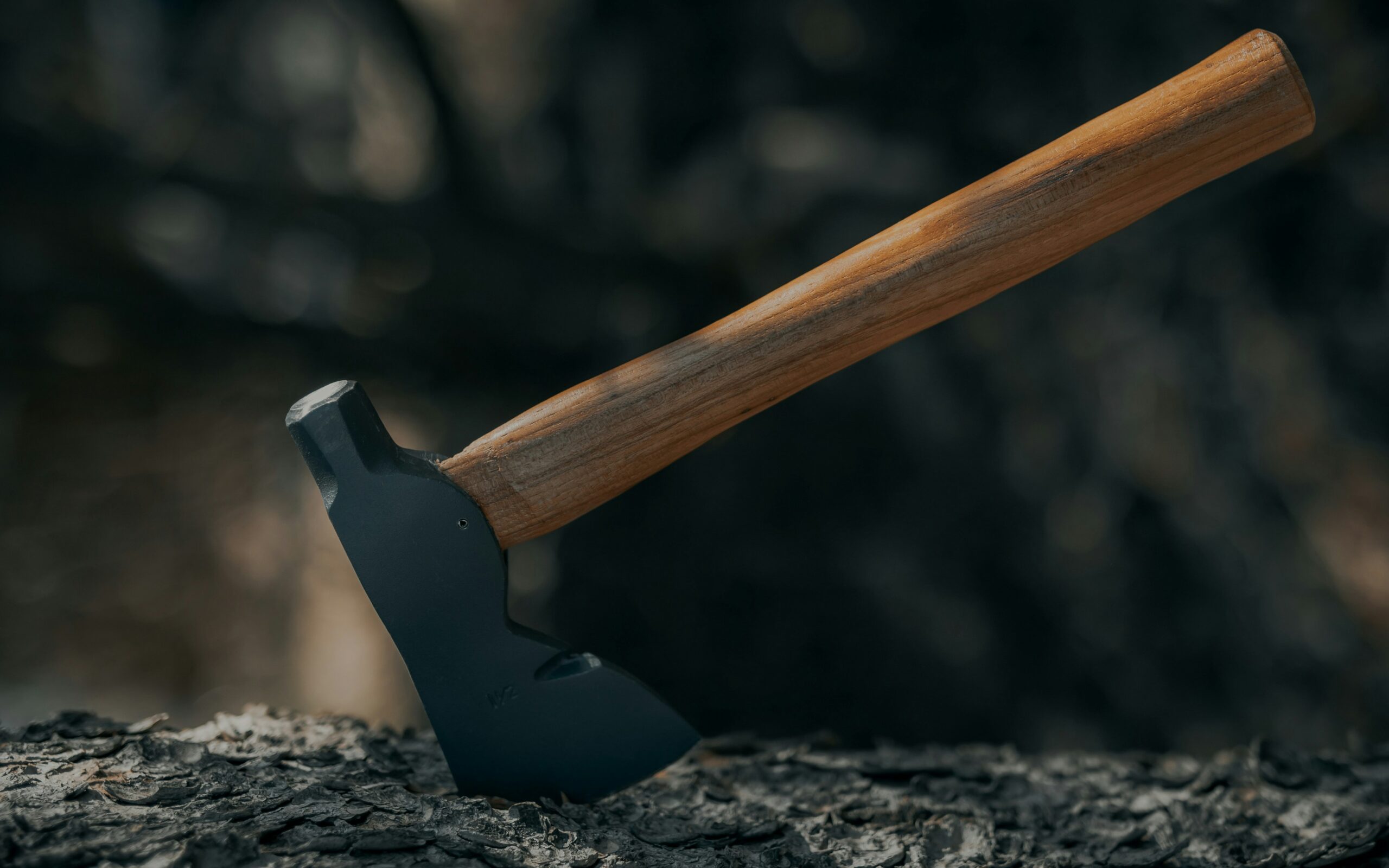
Choosing the right axe is vital for beginners in axe throwing. A beginner-friendly axe features a balanced design and appropriate weight to aid in learning proper techniques. Ensuring a safe grip and handling is essential for reducing accidents. Regular axe maintenance also plays a key role in safety, as a well-cared-for axe is less likely to malfunction. These aspects greatly improve the overall throwing experience.
Features of a Beginner-Friendly Axe
A beginner-friendly axe should have a balanced design that helps new throwers develop their skills easily. An appropriate weight, usually around two to three pounds, allows beginners to handle the axe without feeling overwhelmed. Additionally, beginners should look for an axe with a comfortable grip and a durable blade, ensuring safety and control during practice, which leads to a more enjoyable throwing experience.
Ensuring Safe Grip and Handling
Ensuring a safe grip and handling of the axe is crucial for beginners. A secure grip helps prevent slips that could lead to accidents. When choosing an axe, beginners should look for designs that offer non-slip handles and comfortable grips, allowing them to maintain control during their throws.
Regular Axe Maintenance for Safety
Regular axe maintenance is essential for safety when throwing axes. Checking the axe for any nicks, dents, or damage helps ensure it stays in optimal condition. Keeping the blade sharp enhances performance, while a secure handle prevents slips, reducing the chance of accidents during throws. By maintaining the axe properly, beginners can enjoy a safer and more successful throwing experience.
Personal Protective Equipment (PPE) You Need
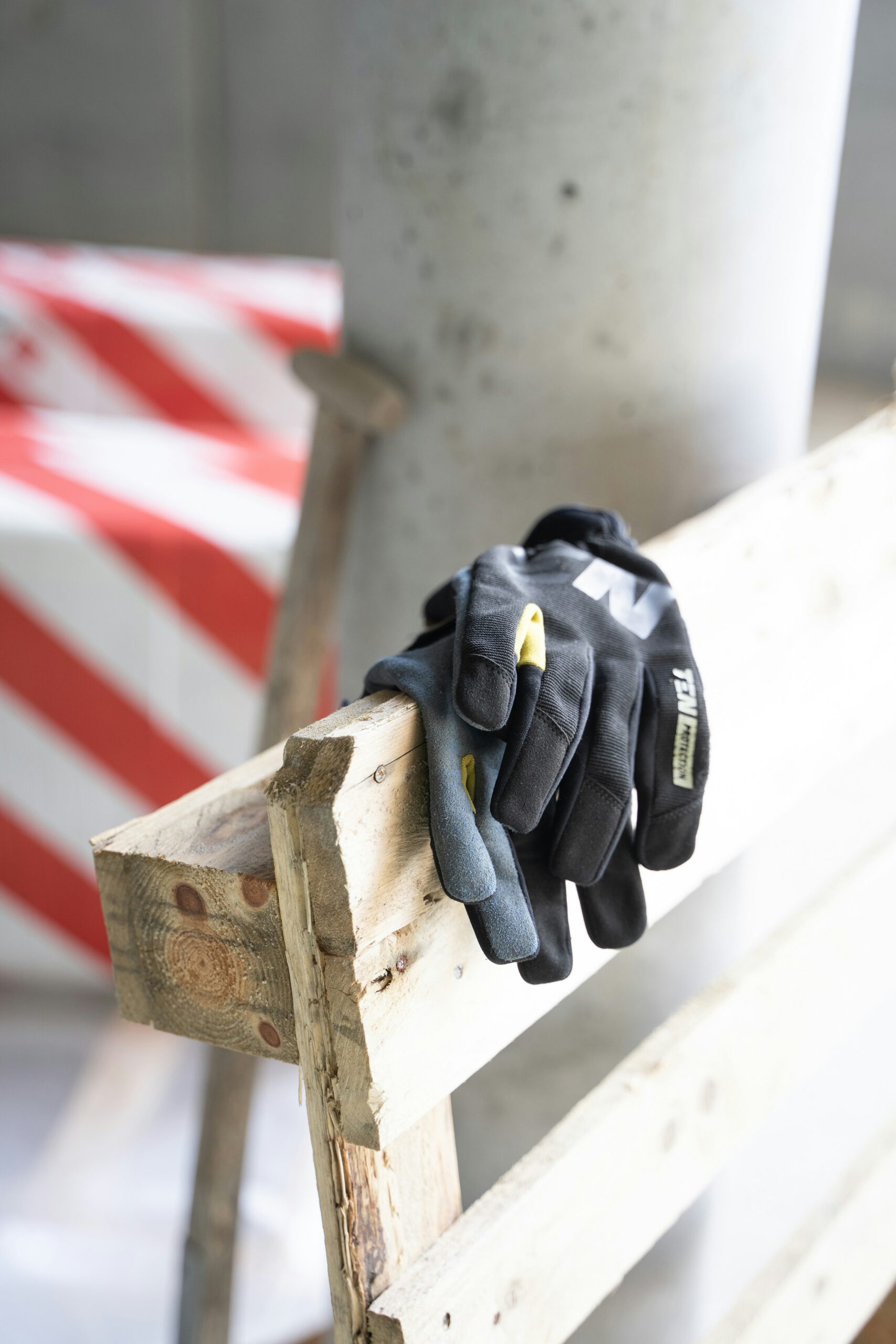
Wearing the right personal protective equipment (PPE) is crucial for safety in axe throwing. This section covers when to wear gloves, highlighting their role in preventing slips. It also discusses the benefits of wearing a helmet to protect against head injuries. Lastly, additional protective accessories will be explored to further enhance safety during throws.
When to Wear Gloves
Wearing gloves during axe throwing is important, especially for beginners. Gloves provide a better grip on the axe, reducing the risk of slips that might lead to accidents. Additionally, they offer protection against any potential abrasions from the axe handle, making the experience safer and more comfortable as newcomers focus on improving their throwing skills.
Benefits of Wearing a Helmet
Wearing a helmet in axe throwing offers important protection for beginners. It safeguards the head from potential injuries caused by falling axes or unexpected accidents, ensuring that throwers can focus on their skills without fear of harm. Helmets create a safer environment, making axe throwing an enjoyable activity for everyone involved.
Additional Protective Accessories
In addition to gloves and helmets, several other protective accessories can enhance safety in axe throwing. For instance, knee pads can protect against falls and cushion the knees when throwers crouch or kneel. Additionally, a protective apron can shield the body from any accidental contact with the axe or wood splinters from the target, offering an extra layer of security. These accessories complement other safety gear, ensuring a safer and more comfortable throwing experience for beginners:
Safety Tips for the Axe Throwing Venue
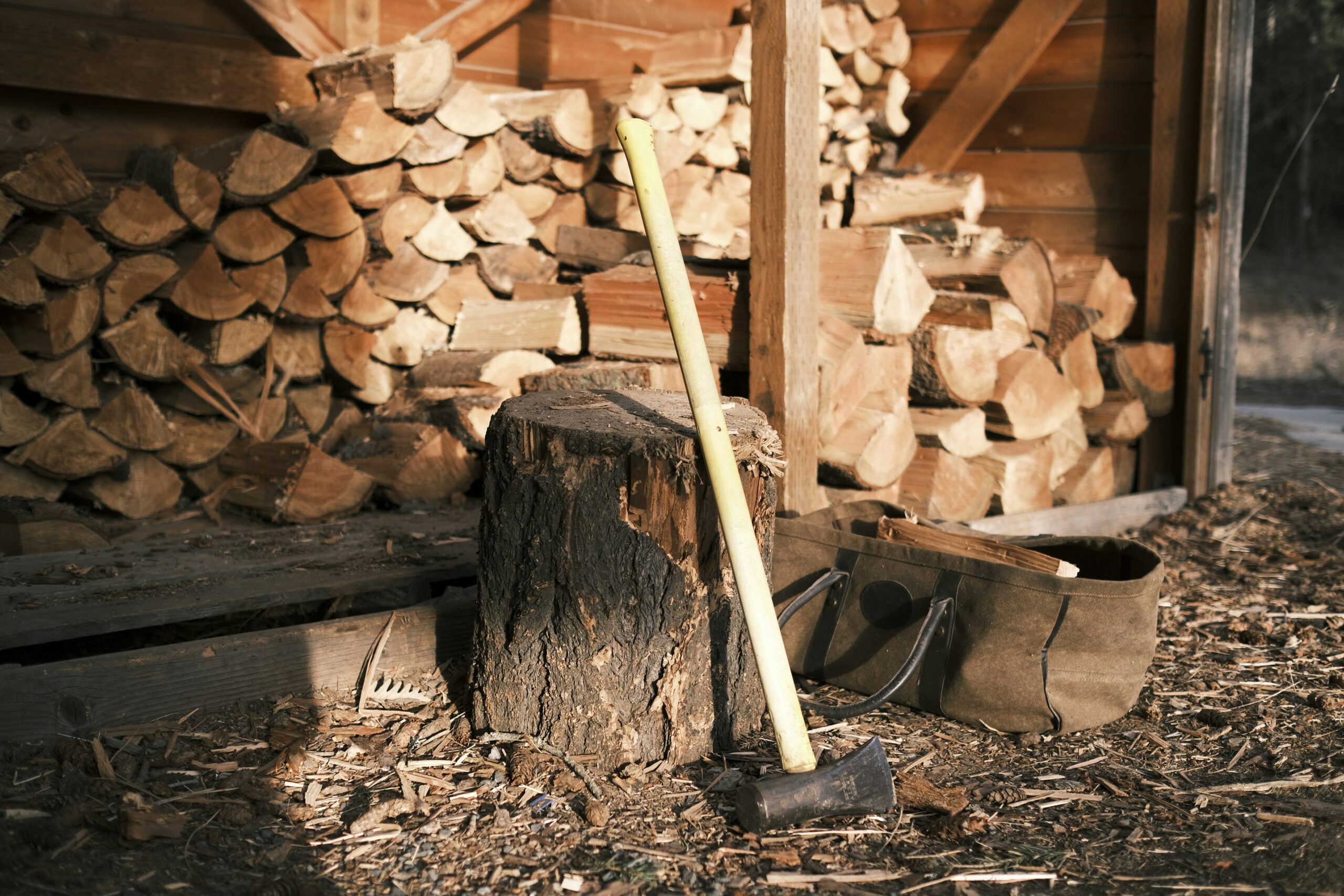
Understanding the rules of the axe throwing range is key for beginners. This section covers safety tips like maintaining a safe throwing stance, which helps prevent accidents. Awareness of surroundings and other throwers is also crucial to ensure everyone’s safety. Each of these topics will provide practical insights to create a safer throwing environment.
Understanding Range Rules
Understanding the range rules is vital for anyone new to axe throwing. Each venue may have specific guidelines, such as designated throwing areas and safety barriers, which help keep all participants safe. Beginners should take the time to familiarize themselves with these rules, as they outline proper throwing techniques and how to maintain a safe distance from other throwers, creating a secure environment for everyone involved.
Maintaining a Safe Throwing Stance
Maintaining a safe throwing stance is crucial for beginners in axe throwing. A proper stance involves keeping feet shoulder-width apart for balance, which helps prevent slips and falls. Additionally, beginners should face the target directly, ensuring they do not accidentally throw toward others in the range, thereby enhancing safety for everyone present.
Awareness of Surroundings and Others
Awareness of surroundings is critical for safety during axe throwing. Beginners should always stay alert and watch other throwers, ensuring that everyone maintains a safe distance while using the axes. Awareness of others in the throwing area helps prevent accidents and creates a more enjoyable experience for everyone involved.
Caring for and Maintaining Your Safety Gear
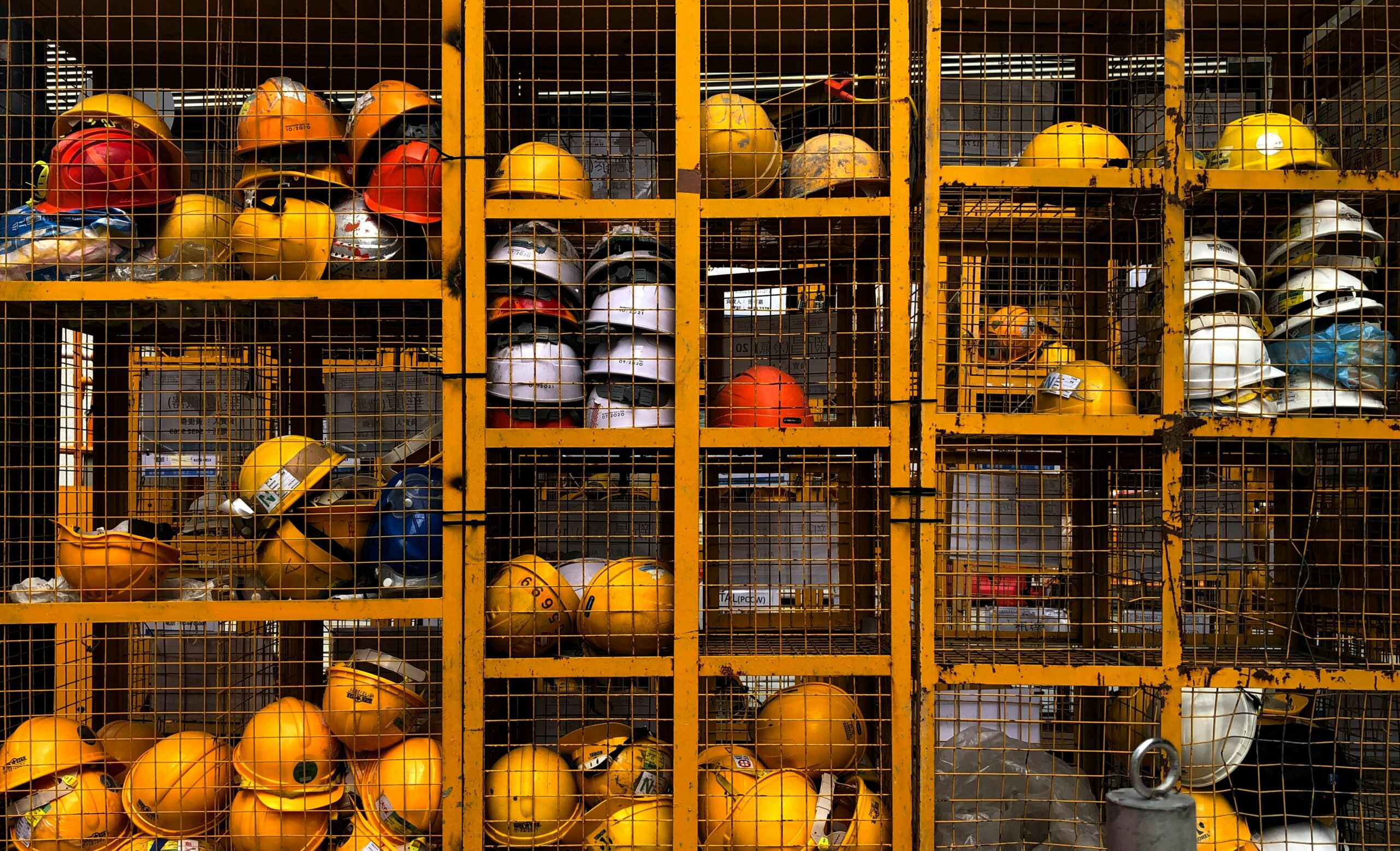
Caring for and maintaining safety gear is vital for beginners in axe throwing. Regular inspection and upkeep ensure all equipment remains in optimal condition. Proper storage practices prevent damage, and knowing when to replace worn-out gear is crucial for safety. Each point will help throwers enjoy the sport while minimizing risks associated with using unsafe equipment.
Regular Inspection and Upkeep
Regular inspection and upkeep of safety gear is important for beginners in axe throwing. Checking items like helmets, gloves, and footwear before every use ensures they are in good condition and free from damages that could lead to accidents. By taking these precautions, new throwers can maintain optimal safety standards, allowing them to focus on learning the sport without unnecessary worry.
Proper Storage Practices
Proper storage practices for safety gear are essential in axe throwing to ensure everything remains in good condition. Helmets, gloves, and protective eyewear should be stored in a dry, cool place away from direct sunlight, which can cause materials to break down over time. Additionally, using a dedicated bag or container for this equipment helps keep it organized. It protects it from dust or accidental damage, ensuring that beginners always have reliable safety gear ready for use.
When to Replace Worn-Out Equipment
Replacing worn-out equipment is crucial for safety when participating in axe throwing. Beginners should regularly check their safety gear and look for signs of wear, such as frayed helmet straps or eyewear cracks. If gear no longer fits properly or shows visible damage, it is important to replace it immediately to ensure the best protection during practice or competitions:
- Inspect gear regularly for wear and tear.
- Look for frayed straps or cracks in the protective equipment.
- Replace items that no longer fit or show visible damage.
Conclusion
Axe throwing safety is crucial for beginners to prevent injuries and enhance their experience. Wearing the right safety gear, such as gloves, helmets, and closed-toe shoes, significantly reduces risks and builds confidence. Proper equipment and understanding venue rules are essential in creating a safe environment for throwers. Prioritizing safety gear protects individuals and fosters a more enjoyable and successful axe-throwing journey.

